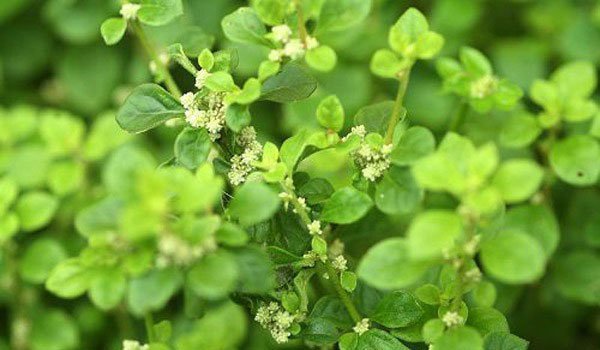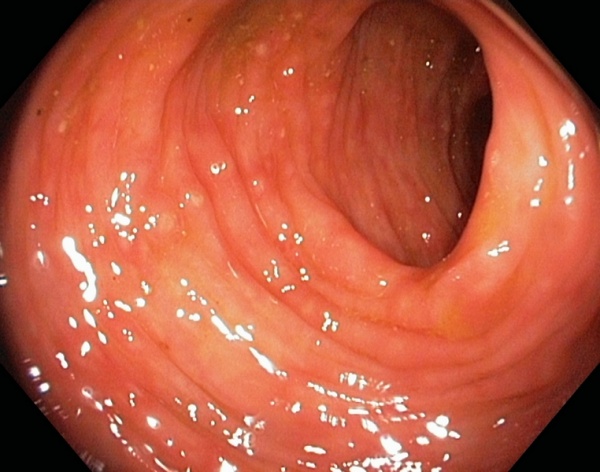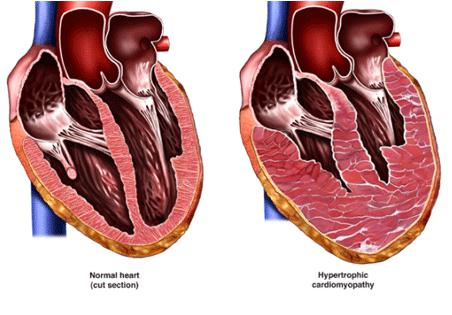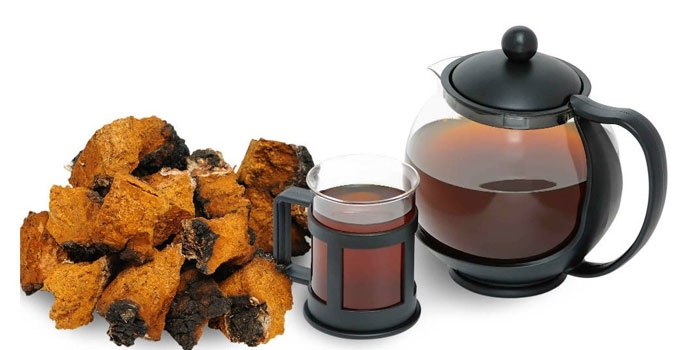Astragalus - medicinal properties and contraindications
Astragalus can certainly be called one of the most ancient and mysterious medicinal herbs used in folk medicine. Recipes with his participation have been used since the time of the ancient Scythians, who gave this unpretentious-looking semi-shrub a “speaking” name - the herb of immortality.
It was with the help of astragalus that experienced healers prepared a healing potion for the nobility who lived then, and for the ability to accumulate gold in its composition, alchemists actively used grass in an attempt to create a “philosopher's stone”.
Yes, and Soviet leaders in old age often resorted to the life-giving power of this plant, believing in its ability to cure senile ailments. What is the power of astragalus and which of its types are used for medical purposes - you will learn about this from our article.
Astragalus - types, composition and description
Astragalus cannot be attributed to particularly popular crops. Although more than 2000 of its varieties are found in nature, it is a rather little-studied and rapidly disappearing plant, and many representatives of the genus are even listed in the Red Book. Astragalus grows on the territory of our country, preferring the climate of temperate latitudes. It has the appearance of grasses, low, branched shrubs and semi-shrubs. It can be either single or multi-year.
Despite the fact that all components of the plant are used in homeopathy, astragalus root, which is the strongest natural immunomodulator, has the greatest medicinal value.
The composition of the herb includes such active components as:
- flavonoids - rejuvenate cells, fight the appearance of cancer;
- polysaccharides - strengthen the protective properties of the body;
- organic acids - necessary for the correct process of digestion;
- saponins - regulate the water-salt balance, are characterized by an antitussive effect;
- phytosterols - reduce the level of "harmful";
- tannins - remove carcinogens from the body, have anti-inflammatory properties;
- alkaloids - used for pain relief and toning;
- cardiac glycosides;
- chemical elements - Mn, Mg, Ca, Fe, Al, Na, Si, Ba, P, Mo, V;
- vitamin complex - ascorbic acid, tocopherol, retinol, etc.
Most often, in non-traditional medical practices, 3 types of astragalus are used - woolly-flowered, membranous and licorice. We will talk about them in more detail.
Astragalus Woollyflowered
Woolly-flowered or fluffy-flowered is a wild herbaceous plant that grows in the steppe area. Justifying its name, all parts of this species of astragalus are abundantly pubescent with fine hairs that have a whitish or yellow tint.
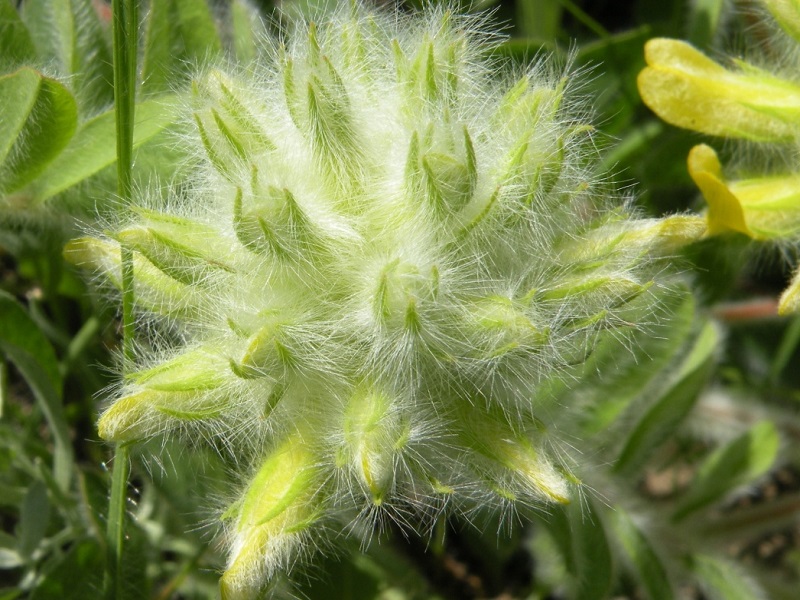
Significant distribution in folk medicine received aqueous solutions of woolly astragalus. Decoctions and infusions from ground and underground parts (herbs and roots) have sedative qualities, accelerate the process of wound healing, lower blood pressure, are natural diuretics and vasodilators.
Used for the treatment and prevention of:
- hypertension (in the initial stage);
- renal failure;
- joint ailments;
- throat and mouth infections;
- lung diseases, bronchial asthma;
- psoriasis and eczema.
Important! Before using herbal decoctions, you need to consult a specialist. An allergic reaction or other consequences of individual intolerance to the components are possible.
Astragalus membranous
This type of "grass of immortality" has found wide application in oriental medicine. The root of astragalus membranous (membranous) has no less healing properties than the legendary one. Unfortunately, it is possible to meet it in nature less and less - this type of grass is considered endangered and is protected by the state.
- Intercostal neuralgia - what is it and how to treat
- How to quickly get rid of dry corns on the legs
- How to treat left ventricular hypertrophy
- Rating of the best drugs for rotavirus for children
- Making tea from currant leaves, the benefits and harms of the drink
- How to drink hydrogen peroxide according to Neumyvakin - an oral regimen
- Features of the treatment of plantar fasciitis with folk remedies
- The composition and beneficial properties of parsley root
- How to get pregnant quickly? Folk remedies
- Herbs-ants in the "pot-bellied" period or the use of herbal medicine during pregnancy
- Why does a sore throat and dry cough occur, and what treatment is required?
- Guy's Room Design: Ideas and Examples
- General rules for drawing up a foundation plan House foundation drawings
- modern art deco bedroom small art deco bedroom
- Pansies: characteristics and photos of flowers
- Making an art deco bedroom: the choice of materials Beige art deco bedroom
- Bedroom interiors in art deco style Bedroom art deco style beige
- Young: planting and care in the open field Young planting and care in the open
- Varieties for open ground
- Pansies: cultivation and care in the open field




